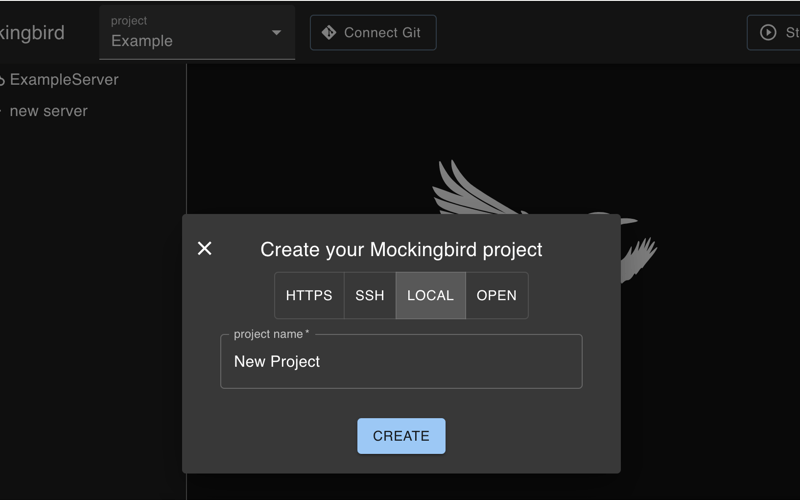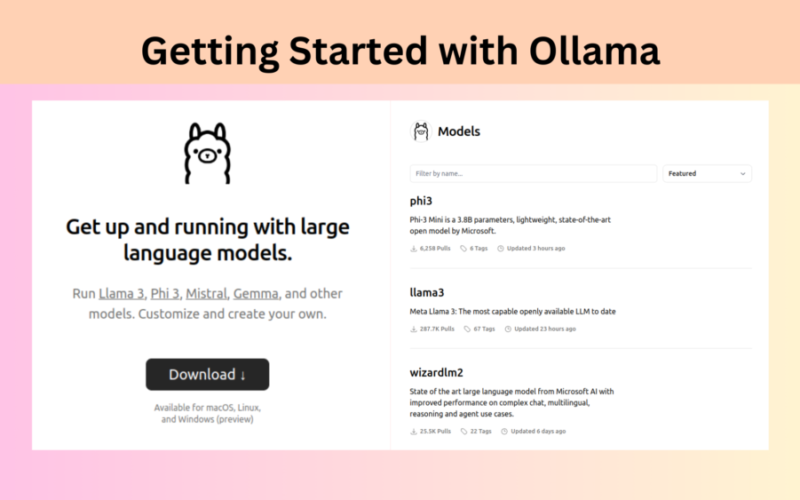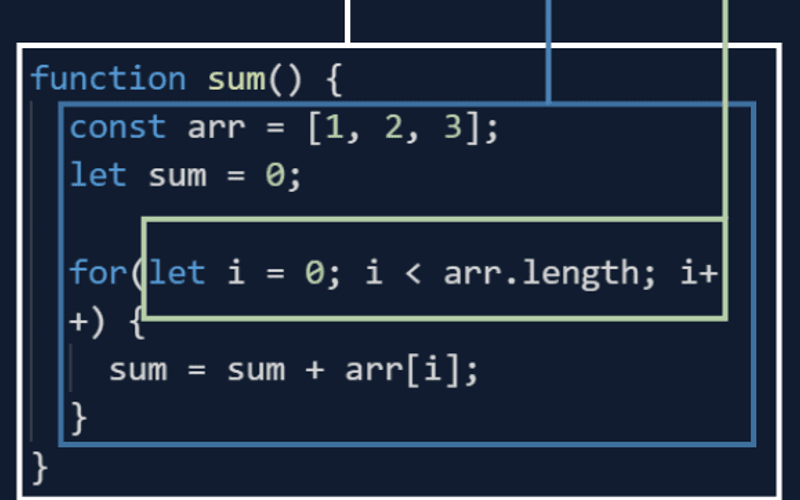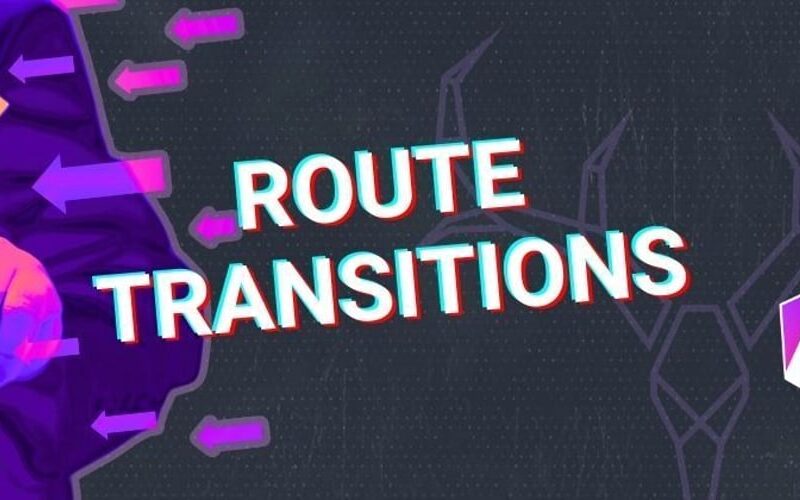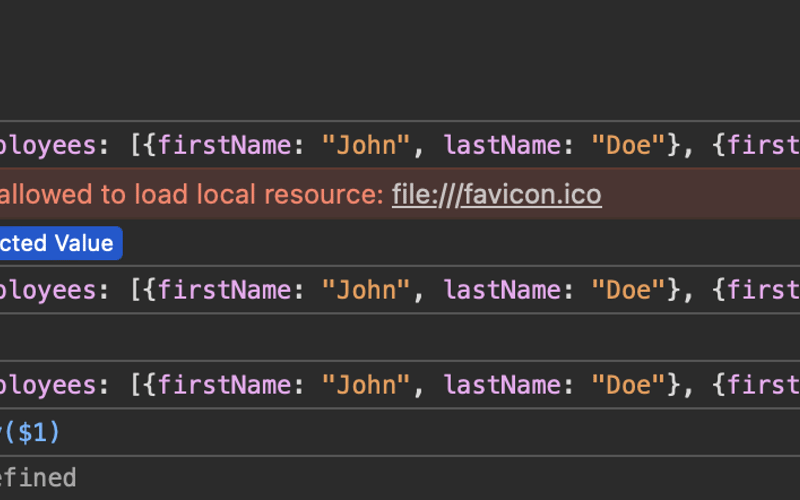16
Jun
The web development landscape is constantly evolving, driven by new technologies and shifting user expectations. As we move further into 2024, several key trends are shaping the future of web development, offering exciting opportunities and challenges for developers. This article explores these trends and provides insights into how developers can leverage them to create more robust, efficient, and user-friendly web applications. Progressive Web Apps (PWAs): The Standard for Modern Web ApplicationsProgressive Web Apps (PWAs) have transcended their initial hype and are now considered a standard in web development. PWAs combine the best of web and mobile apps, providing users with…


